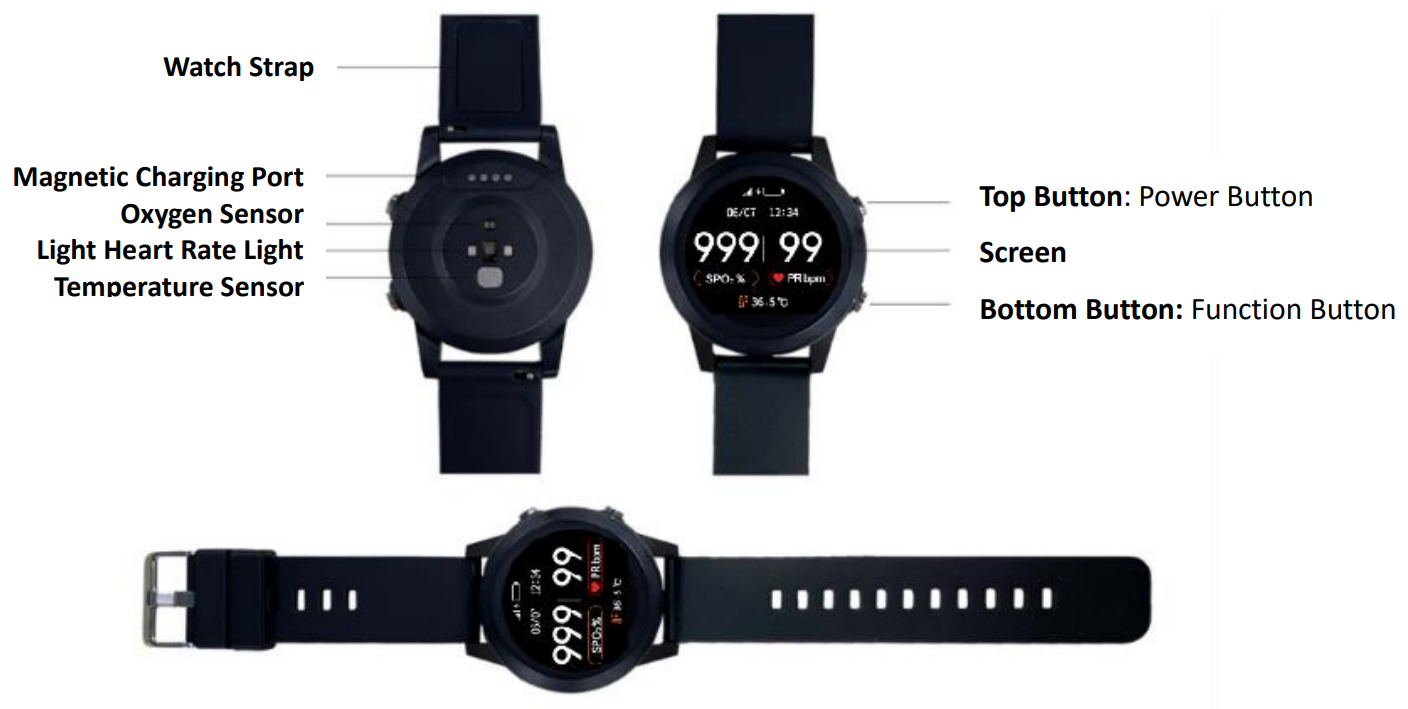Chris Rintoul, Head of Harm Reduction at Cranstoun writes about an ongoing feasibility study they have funded, looking at the effectiveness of a Wearable Overdose Detection Device and Alert System to detect early signs of overdose.
A few weeks ago, my colleague Philippe Bonnet and I held a workshop at the Homeless Link conference in Nottingham. It was called ‘Responding to Opioid Overdose’, focussing on potent novel synthetic opioids (e.g. nitazenes), and how to reduce overdose deaths arising from them among people experiencing homelessness. We were delighted to speak with quite a few of the participants afterwards, mostly about training on naloxone administration in supported accommodation facilities. Responding to overdoses in these environments, as you’ll know, is complex. There are additional challenges you’ll not see in the naloxone manufacturers’ videos provided to support people to administer their product.
Also, within the workshop we discussed an ongoing feasibility study Cranstoun has funded. It aims to understand if an AI-powered wrist-worn device can accurately detect early signs of overdose and send help to the wearer. Known as WODDAS (Wearable Overdose Detection Device and Alert System), this is a partnership between Manchester Metropolitan University (MMU), St Pauls Hostel (SPH) Worcester, Queens University Belfast (QUB) and Cranstoun. (That’s all the acronyms out of the way now.)
Drugs and alcohol related deaths among people experiencing homelessness are a common and increasing threat. Trying to prevent them is an ongoing battle for the harm reduction field, but what if we were able to act earlier at the first sign of an overdose, to stop it from having a fatal outcome? After all, we give people naloxone with the assumption that overdose is a possibility or likelihood, and that someone in the vicinity could administer it in an emergency.

Made for us by MMU and looking like a regular watch, it is worn by willing participants residing in St Pauls Hostel while on the premises, and measures movement, oxygen saturation, heart rate and temperature. It does not rely on being paired with a phone, having an internal SIM instead. Because of its unique charging port, it has no value to anyone else as they could not charge up the battery once it has drained.
The devices are linked to a dashboard on the staff computers in SPH, giving staff live readings on each individual. Should the system detect a change in the measurements, an alarm sounds to alert staff to check the dashboard as an identified individual may be experiencing an overdose. There is also a button which a wearer can press to request help if they think they are about to overdose. If an alert is sent to staff, the device will vibrate to help rouse the individual, which can be cancelled by the wearer if they regain consciousness.
The really clever bit is that over time, the devices and alert system learn what is normal for the wearer, so as to reduce any false positives (sending staff to respond to an individual unnecessarily).
In the six months since the study began, several alerts have been made, including a couple of unusual ones for which we needed to bring in a Consultant in Emergency Medicine to help us understand. In one case, the alarm may have been raised because of another unrelated health condition which can cause progressive damage to the heart. Therefore, WODDAS may also be able to raise awareness of other potentially fatal conditions, so that they can be further investigated by medical professionals.
It is important to say that WODDAS is not a replacement for good practice in SPH in being alert to the possibility of overdoses and in responding to suspected overdoses with naloxone, rather it is an invisible set of additional ‘eyes on’. Secondly, WODDAS would not work if there is an actual or perceived consequence to substance use in the hostel, as people would not wear them. It relies on a supportive rather than punitive culture.
The limitation to the device and alert system is that once someone walks out of the front door of SPH, even just to go to the corner shop, staff cannot respond to an alert as that would leave other potentially vulnerable people without support. Devices are left with staff when leaving the building and returned, charged up upon returning.
Queens University Belfast are evaluating the impact of the study. If the evaluation suggests that WODDAS is effective, in time, we hope to expand the study into multi-site trials in supported accommodation facilities in London, West Midlands, Scotland and Northern Ireland. Watch this space, or get in touch if you want to be part of it!
Further information on the study including a short video is available here.
